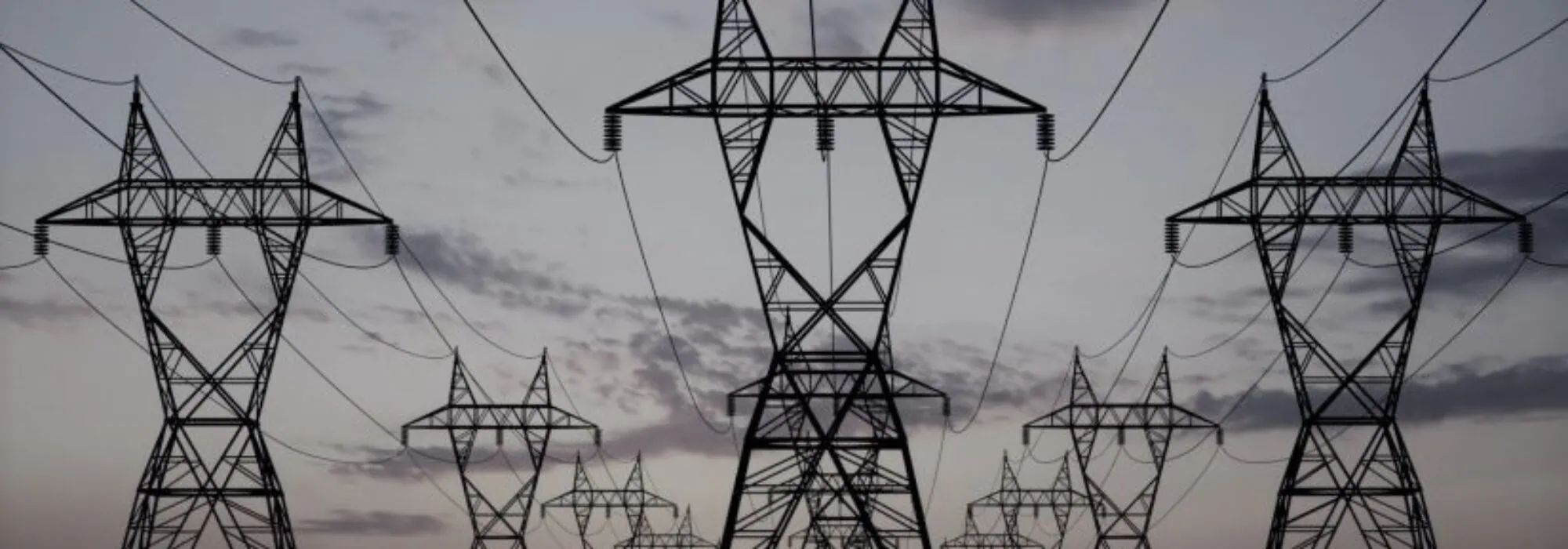
Africa’s energy sector is vital to the continent’s future development and yet remains the most relatively poorly understood part of the global energy system. Africa is rich in both renewable and fossil energy sources: its energy mix is dominated by bioenergy, it has a huge solar energy potential, and renewable energy technologies (mainly hydropower) already make up a large share of total power supply in Africa. At the same time, almost 30% of global oil and gas discoveries made in recent years have been in sub-Saharan Africa.
In a new article, Gilberto Mahumane and Peter Mulder analyze these developments and trade-offs by developing a comprehensive energy and emission scenario analysis for Mozambique until 2030. Mozambique is rich in natural resources and is rapidly emerging as a leading energy producer in Africa: the International Energy Agency expects that Mozambique will soon join the group of Nigeria, South Africa and Angola. Like much of Africa, Mozambique’s natural resources include both renewable and non-renewable energy reserves. In its energy revolution, development of the country’s enormous fossil fuel reserves competes with development of its unusually large hydropower potential. Hence, the case of Mozambique exemplifies the future development of Africa’s energy sector in many respects.
The article in Energy Policy offers a comprehensive scenario analysis to explore the expected impact of Mozambique’s natural resource boom on energy supply and demand as well as on emissions from energy production, transformation and energy demand, differentiated by source, sector and destination (export vs national demand). The analysis also includes an evaluation of various sustainable energy policy options in line with climate change mitigation and adaptation strategies of the Government of Mozambique, to assess their impact on reducing total and GHG emissions.
Emerging ‘energy dichotomy’
The analysis presented by Mahumane and Mulder reveals an emerging ‘energy dichotomy’ in Mozambique, where a spectacular expansion of energy production goes together with an only gradual energy consumption transition. They find that over time the share of modern renewable energy sources tends to marginalize in the energy production mix while remaining stable in the energy consumption mix. About one-third of the GHG emissions associated with energy production can be linked to energy export.
Until recently, Mozambique’s contribution to global greenhouse gas (GHG) emissions has been minimal. The recently updated emission reduction goal of 67.2 MtCO2eq by 2030 as the country’s Nationally Determined Contribution (NDC) to the UN Framework Convention on Climate Change, contains the first ever quantitative national emission target set by the Government of Mozambique (GoM). Mahumane and Mulder show that this emission reduction goal is very ambitious: it is equivalent to a reduction of almost 30% in comparison to the basic Reference paths. Furthermore, the policy analyses presented in the article make clear that in Mozambique sustainable energy policies at the supply-side lead to far higher cumulative emission reductions than demand-side policies. This is especially true for GHG emissions. Also, it is found that even in the long run, a complete ban on thermal electricity generation capacity would not lead to shortages in the domestic electricity market but it would limit potential electricity export in the medium term. Mozambique thus faces a trade-off between maximizing electricity export and maximizing emission reduction from electricity generation.
In terms of energy strategy, these findings support the idea that for Africa it may be optimal to leapfrog CO2-emitting technologies by massively deploying renewable options – such as hydropower. However, the potential risk of climate change in Mozambique includes both the risk of draughts that reduce run-off and reservoir storage capacity and the risk of growing frequency and severity of floods that may lead to shutdowns and damage of hydropower stations and the downstream transmission network. In addition, under a future drying climate it is likely that a water allocation priority issues emerges, with competition between water needed for irrigation versus water needed for electricity production. Therefore, finding the optimal balance between renewable and thermal electricity generation in Mozambique — like in Africa at large — involves more than weighing the monetary benefits from electricity export against climate benefits from emission reduction. Amongst others, it implies that both climate change and upstream development must be explicitly incorporated into both project and system expansion planning.
Nevertheless, the scenario analysis by Mahumane and Mulder points out that Africa’s energy future is neither deterministic nor gloomy: a country like Mozambique still has the option to avoid a lock-in into fossil fuels and benefit sustainably from its natural resource wealth and the rapid change and growth of the country’s energy sector. The major challenge is to develop the appropriate institutional frameworks and economic incentives to do so.
Gilberto Mahumane is lecturer at the Faculty of Sciences, Eduardo Mondlane University in Maputo, Mozambique. He is currently finishing his PhD thesis on ‘Energy Transitions in Mozambique’ at Vrije Universiteit Amsterdam
Peter Mulder is assistant professor at the Department of Spatial Economics, Vrije Universiteit Amsterdam
Source: Mahumane G. and P. Mulder (2019). Expanding versus greening? Long-term energy and emission transitions in Mozambique. Energy Policy 126: 145-156
November 2018